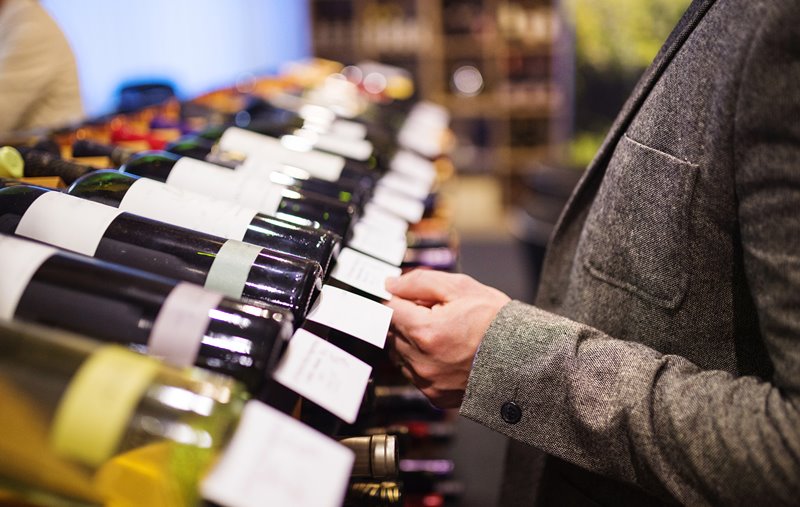Why does wine cost what it does?
How is the price of wine determined? Unraveling the factors behind wine prices
2023-09-28

In the world of wine, price tags can range from just a few dollars to thousands for a single bottle. But what exactly determines the cost of that favorite red, white, or rosé? While many factors can influence the price of a bottle, the relationship between quality and cost is not always linear. Let's delve into the many aspects that contribute to the final price of a bottle of wine.
1. Production Costs
The journey of a wine bottle begins in the vineyard. The type of grape, soil quality, and farming methods play pivotal roles in determining the basic costs. Organic and biodynamic farming, for instance, tend to be more expensive due to lower yields and higher labor intensity.
2. Region and Terroir
The geographic region from which the wine originates often has a significant bearing on its price. Prestigious regions like Bordeaux in France or Napa Valley in the United States command higher prices due to their reputation for producing quality wines and the value associated with their terroir—a unique combination of soil, climate, and other environmental factors that influence the taste of the wine.
3. Aging and Storage
Wines that are aged for longer periods typically cost more. The aging process, often in oak barrels, involves additional costs for storage and leads to evaporation losses known as the 'angel's share'. This longer maturation can add depth and complexity to wines, but it also increases production costs.
4. Marketing and Branding
The branding of a wine can considerably affect its price. A renowned winery with a long history and a solid reputation can command higher prices than a newcomer. Additionally, the packaging, label design, and marketing campaigns contribute to branding costs and, subsequently, the price of the wine.
5. Supply and Demand
Like any other commodity, wine prices are influenced by market dynamics. Limited edition wines or those with a high demand but limited supply can fetch higher prices. Conversely, wines produced in large quantities with a broad distribution network might be more affordable.
6. Taxes and Regulations
Governments around the world levy taxes on alcoholic beverages. These taxes can vary widely between countries and even within regions of the same country. Additionally, regulatory environments can influence production methods, which might increase costs.
7. Distribution and Retail Markup
By the time a bottle reaches a consumer, it has often passed through several hands: the producer, distributor, and retailer. Each intermediary adds a markup, contributing to the final retail price.
8. Vintage Variation
The quality of a wine can vary based on the conditions in a particular year. A year with perfect growing conditions can produce a spectacular vintage, which might command higher prices compared to an average year.
The price of a wine is shaped by a myriad of factors, both intrinsic to the wine's production and extrinsic market forces. As consumers, understanding these factors can provide insight into the value and quality of the wine we purchase.
Founded in 2007, Vinetur® is a registered trademark of VGSC S.L. with a long history in the wine industry.
VGSC, S.L. with VAT number B70255591 is a spanish company legally registered in the Commercial Register of the city of Santiago de Compostela, with registration number: Bulletin 181, Reference 356049 in Volume 13, Page 107, Section 6, Sheet 45028, Entry 2.
Email: [email protected]
Headquarters and offices located in Vilagarcia de Arousa, Spain.